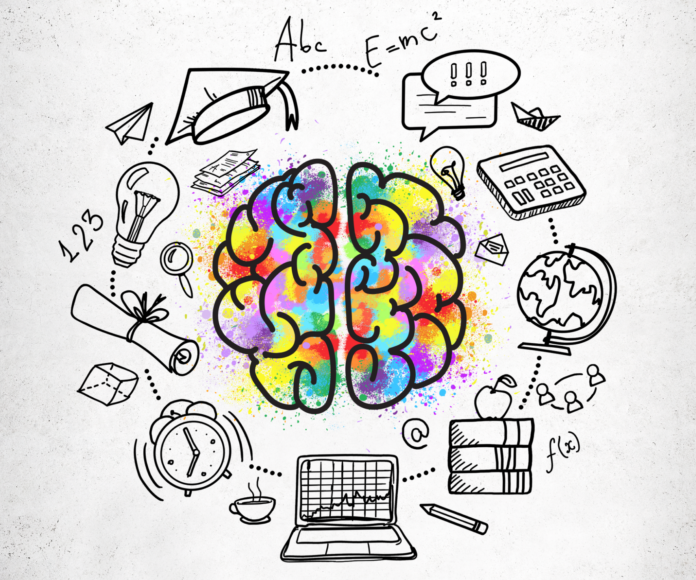By Stephanie Burroughs
The last few months in every school year is a time to reflect and begin planning for the upcoming academic year. It might be tempting to use this time to plan for a “normal” return and to try to suppress the memory of the pandemic. Not only would that be a missed opportunity, but it would also underestimate the impact the pandemic has had on our students and on learning.
We cannot move forward without folding in the experiences of this past year-and-a-half, preparing for an academic year that meets students’ current and future needs. As districts begin to plan, we should be asking these key questions:
- How are we prioritizing student mental health?
- How are we addressing gaps in learning?
- How are we supporting our teachers?
1. How are we prioritizing student mental health?
A focus on social-emotional learning will be critical as we recognize the role that relationships, self-regulation, and self-efficacy play in academic achievement. When social-emotional learning is embedded in the classroom experience, students become agents in their learning. But SEL will not be a catch-all for student mental health concerns; there will certainly be a need for additional interventions.
To prioritize student mental health, there must be a true partnership between our teachers and school counselors. As we shift toward a new school year, we should be doubling down on our efforts to support teachers in integrating social-emotional learning in the classroom through targeted professional learning on the 5 key competencies of SEL, as defined by CASEL’s Framework. Two especially important areas that districts will need to emphasize during recovery are:
Relationship Skills
As we plan for the fall, we must focus on team building, supporting students in communicating with their peers and engaging in social networks. Advisory programs can do this, but these should be coupled with intentional planning for school activities that help students reconnect with each other.
Social Awareness
Our students have been engaged in school through masks or through Brady Bunch (gallery view) Zoom windows, creating an isolating experience even on a crowded screen. Teachers should work with school counselors to build activities that encourage empathy, perspective taking, and respect for others.
2. How are we addressing gaps in learning?
As much as I loathe the term “learning loss,” the reality is that our students are coming back to us with gaps. In October 2020, Curriculum Associates released data that showed a “Covid slide” in student performance on reading comprehension and mathematics assessments after emergency closures in the spring. Gaps in learning happen in normal academic years without disruptions; we should anticipate similar outcomes in data in the fall and be ready to respond appropriately.
Curriculum leaders will be critical to closing the gap—they should be charged with supporting a multi-year plan that helps our students access the current curriculum while spiraling in pre-requisites to learning the curriculum. Two key moves for school districts next year will be to:
Embrace Professional Learning Communities
Districts should be planning for time during the school day where teachers can collaborate under the guidance of curriculum leadership. Collaboration helped propel our teachers through the pandemic and doubling down on PLC work during the upcoming academic year will ensure that our teachers are prepared for students’ needs.
Prioritize Differentiated Instruction
When coupling PLCs with professional development that focuses on differentiated instruction, we can improve our capacity to help our students. Districts should be planning for training opportunities that support teachers in both identifying student readiness and planning for lessons that have multiple entry points. Differentiation will help our students feel successful and keep them engaged in learning.
3. How are we supporting our teachers?
The task ahead for our teachers is significant and not one that any educator has the experience to tackle, especially not on their own. Districts should ensure our teachers are well-supported by providing professional development that makes sense for the year ahead. This means setting aside new initiatives and placing an emphasis on social-emotional learning and differentiated instruction. It also means paring down teacher responsibilities so that they can devote their time to what matters most: our students.
The future of learning is not some new initiative or grand idea to overhaul school. Instead, the future of learning is a focus on students and what they need coupled with a focus on teachers and what they need. We cannot move forward without placing our students and our teachers at the center.








